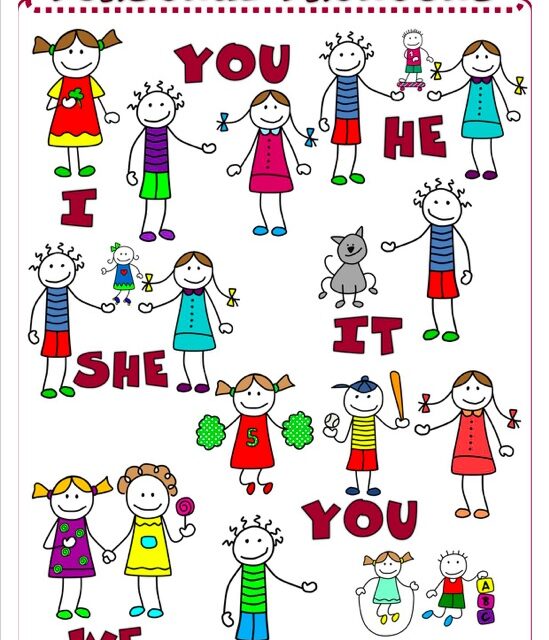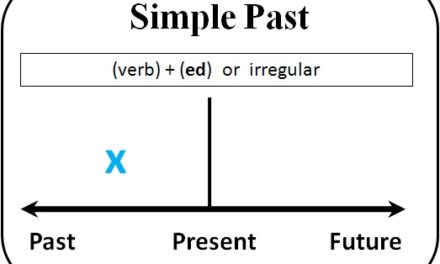Introduction to Personal Pronouns
Imagine having to repeat names in every sentence. Wouldn’t that sound repetitive and boring? That’s where personal pronouns come to the rescue! Personal pronouns are words that replace specific nouns in a sentence to make it sound smoother and more natural.
For example:
-
Without a personal pronoun: Rahul loves cricket. Rahul plays cricket every evening. Rahul is very good at it.
-
With a personal pronoun: Rahul loves cricket. He plays it every evening. He is very good at it.
In the second sentence, the pronoun ‘he’ replaces ‘Rahul’ to avoid repetition.
Types of Personal Pronouns
Personal pronouns are categorized based on number, person, and case.
1. Based on Number
-
Singular Pronouns (Used for one person or thing): I, you, he, she, it.
-
Plural Pronouns (Used for more than one person or thing): we, you, they.
2. Based on Person
-
First Person (The speaker): I, we.
-
Second Person (The listener): you.
-
Third Person (The one being talked about): he, she, it, they.
3. Based on Case
Personal pronouns are also classified based on their grammatical role in a sentence.
| Case | Function | Examples |
|---|---|---|
| Subject | Acts as the subject | I, you, he, she, it, we, they |
| Object | Receives the action | me, you, him, her, it, us, them |
| Possessive | Shows ownership | my/mine, your/yours, his, her/hers, its, our/ours, their/theirs |
Rules for Using Personal Pronouns
Rule 1: Subject Pronouns for the Subject
A subject pronoun is used before the verb in a sentence.
✅ Correct: She is my best friend.
❌ Incorrect: Her is my best friend.
Rule 2: Object Pronouns for the Object
An object pronoun is used after the verb or a preposition.
✅ Correct: My mother called me. ❌ Incorrect: My mother called I.
Rule 3: ‘I’ vs. ‘Me’
Use ‘I’ as the subject and ‘me’ as the object.
✅ Correct: John and I went to the park.
❌ Incorrect: Me and John went to the park.
✅ Correct: She gave me a gift.
❌ Incorrect: She gave I a gift.
Rule 4: ‘He’ vs. ‘Him’, ‘She’ vs. ‘Her’
Use he/she as the subject and him/her as the object.
✅ Correct: He is my teacher.
❌ Incorrect: Him is my teacher.
✅ Correct: The teacher called her for help.
❌ Incorrect: The teacher called she for help.
Rule 5: ‘Its’ vs. ‘It’s’
-
‘Its’ shows possession. Example: The cat licked its paw.
-
‘It’s’ is a contraction of ‘it is’. Example: It’s raining outside.
Rule 6: ‘You’ is Both Singular and Plural
The word ‘you’ can refer to one person or a group.
-
Talking to one person: You are my best friend.
-
Talking to a group: You are my classmates.
Exceptions and Special Cases
Exception 1: ‘They’ as a Singular Pronoun
-
Sometimes, ‘they’ is used as a singular pronoun when the gender is unknown.
-
Example: If a student forgets their book, they can borrow one from the library.
-
Exception 2: ‘We’ and ‘Us’ in Comparisons
-
Use ‘we’ when it is the subject and ‘us’ when it is the object.
-
Example: She is taller than we are. (Not: She is taller than us are.)
-
Exception 3: ‘Who’ vs. ‘Whom’
-
‘Who’ is used as the subject, and ‘whom’ is used as the object.
-
Example: Who is calling? (subject)
-
Example: Whom did you call? (object)
-
Conclusion
Personal pronouns make our language smooth and clear. By following the rules and understanding the exceptions, you can use them correctly in your writing and speaking. Keep practicing, and soon you’ll be a pronoun expert!

















